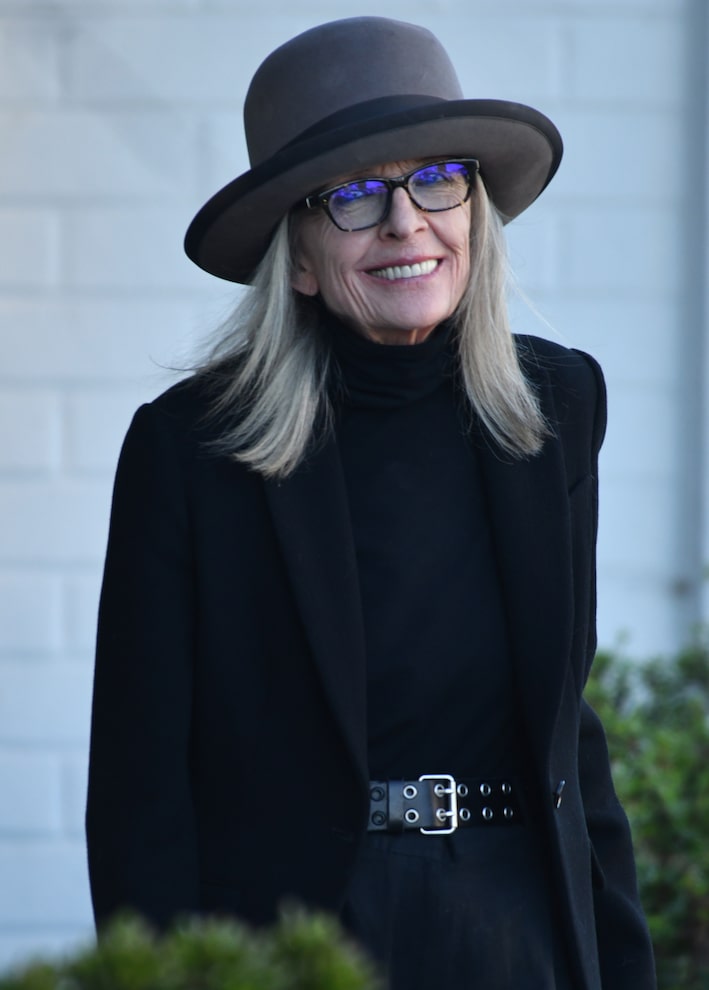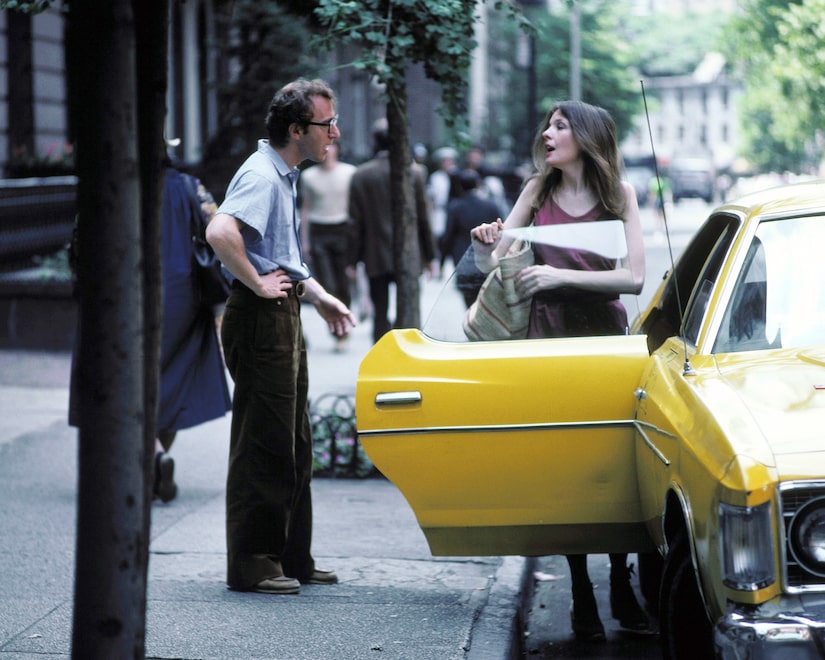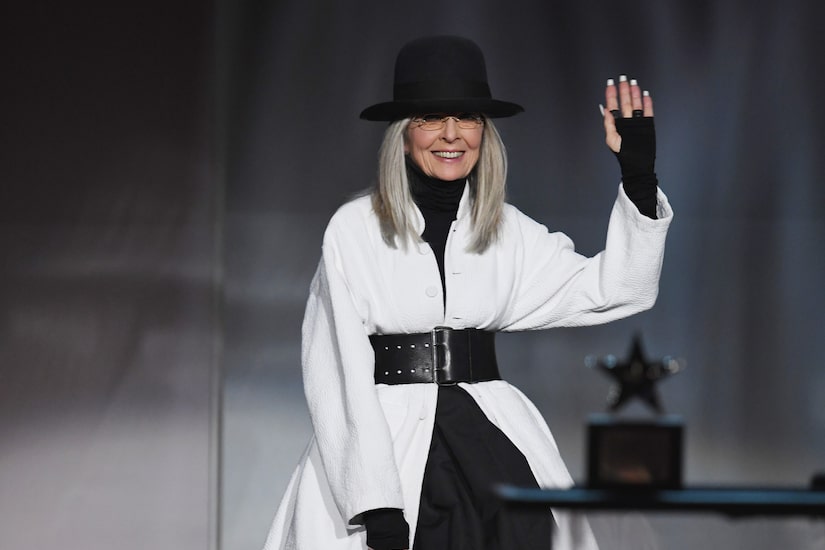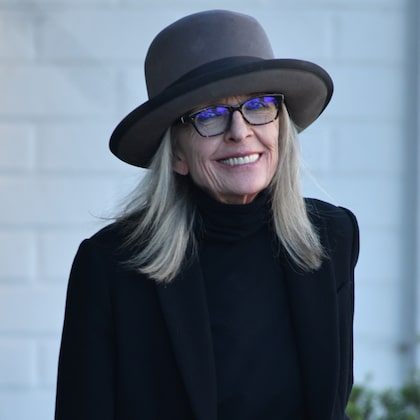
Getty Images
Diane Keaton, a New Hollywood film star known for her dramatic and comedic ability — as well as becoming a fashion plate via her performance in “Annie Hall” — has died at 79.
People magazine was first to report the sad and unexpected news. No details were given, and her family has requested privacy.
Keaton was one of the most iconic actresses of the 1970s, thanks to an extensive collaboration with her then-partner Woody Allen, and impressive, impactful performances in “The Godfather” — frequently cited as the finest film ever made — as well as its sequel, and such films as “Looking for Mr. Goodbar.”
As she aged, Keaton remained a top star, adapting gracefully and frequently leading with her image as a square to great effect, notably in “The First Wives Club.”
Nobody was expecting to read Keaton’s obituary today, as she had remained vital for well over 50 years; she became a sort of neo-Katharine Hepburn, a star whose presence in films and in popular culture was taken as a given. A 2020 appearance at the Oscars with her “Something’s Gotta Give” co-star Keanu Reeves co-star thrilled movie fans, and continued the impression that she was ageless.
Keaton was born January 5, 1946, in L.A., coming to acting in high school. She sang in nightclubs and studied acting in NYC, which led to a position as an understudy in the original Broadway production of “Hair” (1968).
Her big break came via a hard-won part in Allen’s “Play It Again, Sam” (1968) on Broadway, for which she earned a Tony nomination. Like many working actors, she was doing commercials to pay the bills when she made her film debut in “Lovers and Other Strangers” in 1970, adapted from the play by Joe Bologna and Renée Taylor.
Keaton’s next feature film was “The Godfather” in 1972, playing Kay Adams-Corleone. She also recreated her “Play It Again, Sam” performance on the big screen, and in quick succession acted in Allen’s futuristic farce “Sleeper” (1973) and in “The Godfather Part II” (1974).
By 1977, Keaton was one of the most exciting actors in Hollywood, and set trends with her androgyne look in “Annie Hall,” one of her biggest and best-reviewed hits, and one written for Keaton — whose real last name was Hall — by Allen as a valentine to their relationship. She won the Oscar and a Golden Globe one of the most unique and influential performances of the decade.

Getty Images
Her work with Allen was a major cornerstone of her résumé — also including “Love & Death” (1975), “Interiors” (1978), “Manhattan” (1979), “Radio Days” (1987), and “Manhattan Murder Mystery” (1993) — but her longevity lay in her ability to repeat what she offered to Allen in a diversity of other films.
In 1977’s “Looking for Mr. Goodbar,” she fearlessly portrayed a self-destructive woman who was playing with fire on the singles scene, and she earned Oscar nominations for wildly disparate turns in Warren Beatty’s “Reds” (1981), “Marvin’s Room” (1996), and “Something’s Gotta Give” (2003).
Other dramas of note included “The Little Drummer Girl” (1984) and “Crimes of the Heart” (1986), with Sissy Spacek and Jessica Lange.

Getty Images
Keaton was particularly adept at humor, giving crowd-pleasing performances in “Baby Boom” (1987), “Father of the Bride” (1991) and its sequel (1995), and in the box-office hit “The First Wives Club” (1996), in which her chemistry with Bette Midler and Goldie Hawn made for a comedy classic.
In recent years, Keaton appeared in “Book Club” (2018) and its sequel (2023), “Poms” (2019), and “Summer Camp” (2024).
Though rarely on TV, she played the mysterious flyer in “Amelia Earhart: The Final Flight” (1994) and appeared on 10 episodes of the short-lived “The Young Pope” in 2016.




Comments are closed, but trackbacks and pingbacks are open.